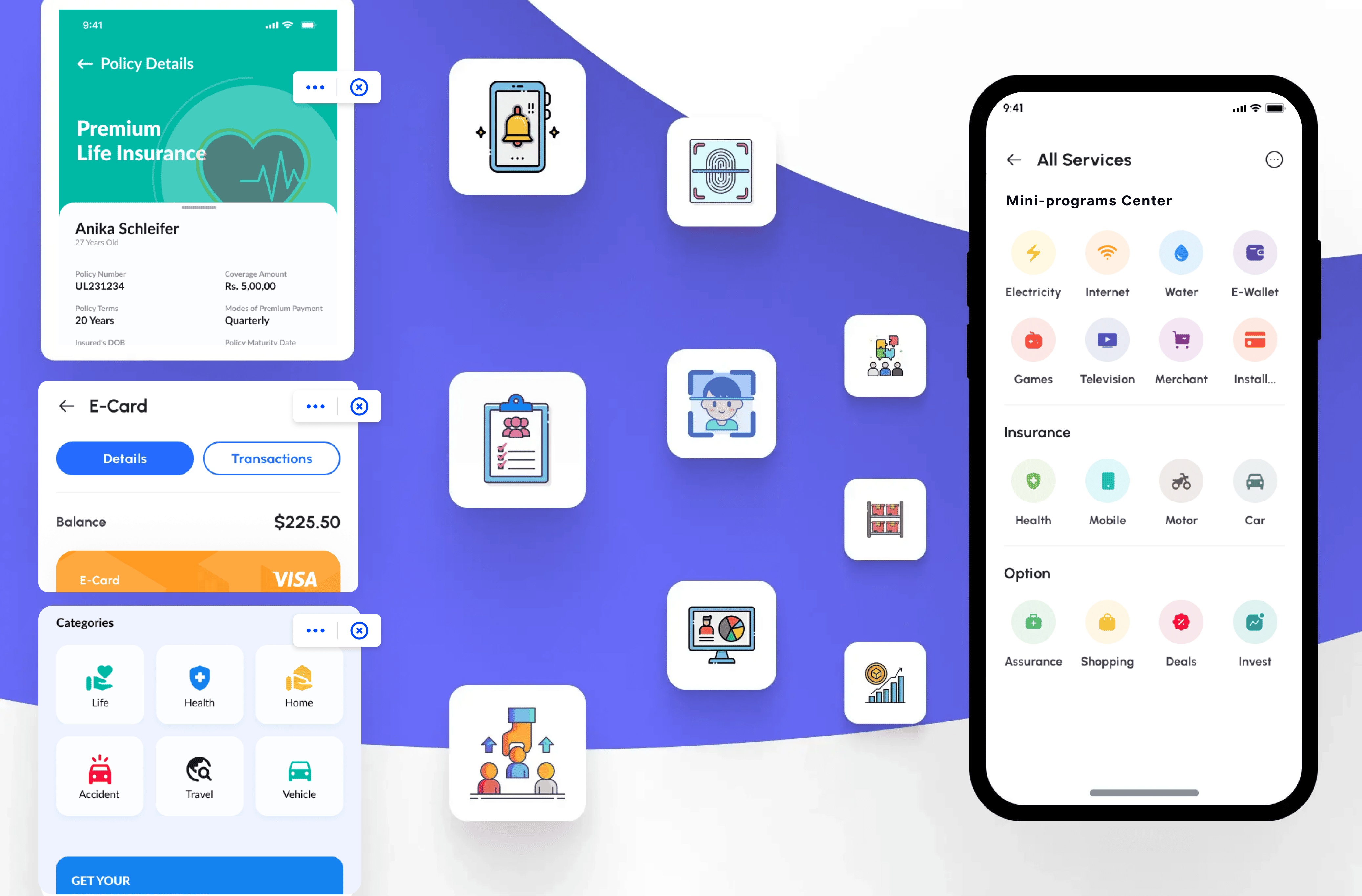Differences Between App Native Development, HTML5 Development and Hybrid Development
There are three main APP development modes: native development, HTML5 development, and hybrid development. So what are the differences between these three development modes?
What is native development?
Native development is to develop App software on Android and IOS mobile platforms using development languages, development APIs, and development tools. For example, Android uses Java, Eclipse, and Android Studio; IOS uses Objective-C, Swift, and Xcode for development.
In layman's terms, native development is like building a building. First, you design the building structure, then lay the foundation, add bricks, reinforced concrete, and arrange the lines. The same is true for native apps: every page, every function, every effect, every logic, and every step is written in code, layer by layer, and section by section.
Advantages of native development:
All functions of the mobile phone (such as GPS, camera, etc.) can be accessed and fully functional;
Fast running speed, high performance, and excellent user experience;
Support a large number of graphics and animations, no lag, and fast response;
High compatibility, each code is carefully designed by programmers, generally there will be no flashback, and it can also prevent the emergence of viruses and vulnerabilities;
It is relatively quick to use the interface provided by the device side, and has advantages in processing speed.
What is HTML5 development?
HTML5 development is App development using Web technology. Web technology itself requires browser support for display and user interaction, so the main technologies used are HTML5, JS, CSS, etc.
HTML5 development advantages:
Support a wide range of devices, can be cross-platform, and the written code can run on Android, IOS, and Windows at the same time;
Low development cost and short cycle;
No content restrictions;
Suitable for displaying pages with large paragraphs of text (such as news, strategies, etc.) and relatively rich formats (such as bold, various fonts);
Users can directly use the new version (automatically updated, no manual update required by users).
What is Hybrid development (native + HTML5)?
Hybrid development refers to the use of a hybrid application of native and HTML5 development technologies to improve efficiency and save costs when developing an App product. In layman's terms, this is the web page model, which is usually composed of two parts: "HTML5 cloud website + App application client".
Hybrid development is a development model that complements the strengths of the two. The native code part uses plug-ins or other frameworks to provide containers for HTML5, and the main business implementation and interface display of the program are implemented using technologies related to HTML5. Many apps are developed using a hybrid development model.
Advantages of hybrid development:
High development efficiency and time saving. The same set of code can basically be used on Android and IOS;
It is relatively convenient to update and deploy. Each upgrade version only needs to be upgraded on the server side, and no longer needs to be uploaded to the App Store for review;
The code is easy to maintain, the version is updated quickly, and the product cost is saved;
It has more functions than the web version;
It can run offline.




